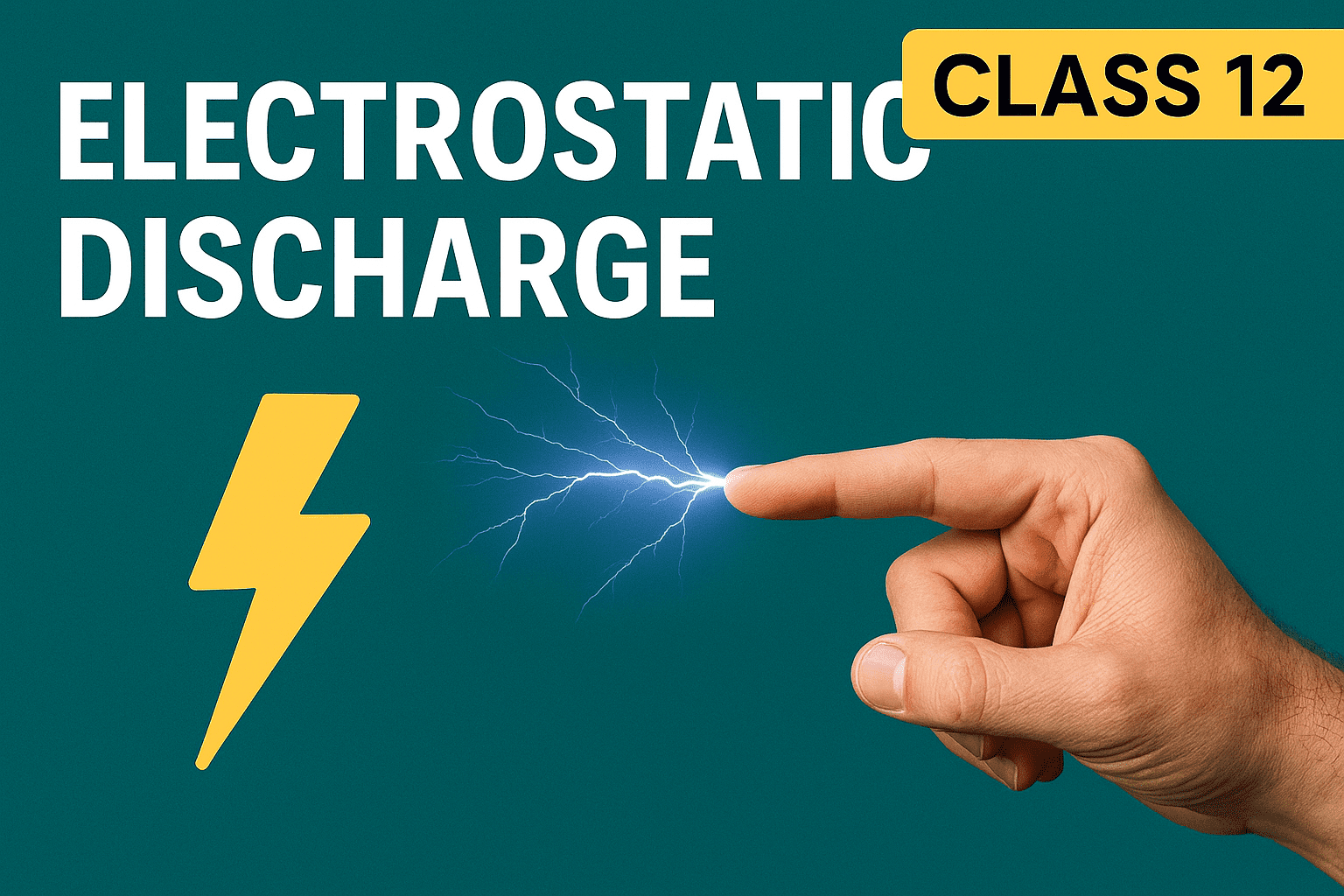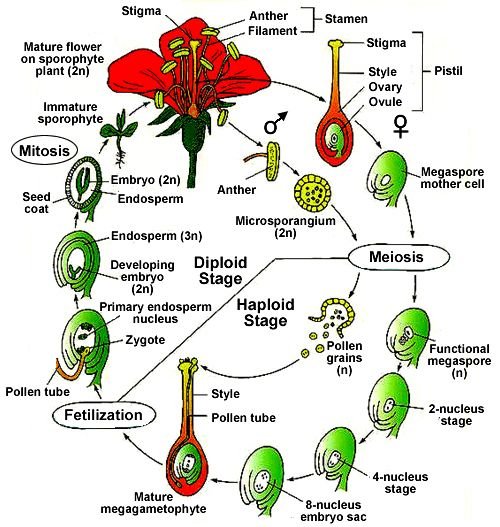Electrostatic Discharge (ESD)
The Complete Guide to Understanding, Preventing, and Mitigating ESD Risks in Electronics
What is Electrostatic Discharge?
Electrostatic Discharge (ESD) is the sudden flow of electricity between two electrically charged objects caused by contact, an electrical short, or dielectric breakdown. ESD can cause significant damage to electronic components, ranging from latent defects to complete device failures.
Critical Fact:
A human body can store charge up to 25,000 volts, yet ESD damage can occur with discharges as low as 30 volts – completely imperceptible to humans.
ESD Statistics:
- ESD causes an estimated $5 billion in annual losses to the electronics industry
- 70% of ESD damage results in latent failures that appear later
- Modern CMOS devices can be damaged by just 100 volts of discharge
- Walking across a carpet can generate 1,500-35,000 volts in low humidity
ESD Generation Mechanisms
Triboelectric Charging
When two materials contact and separate, electrons transfer between them. Common in walking, handling materials, or moving machinery.
Electrostatic Induction
A charged object near a conductive object redistributes charges without physical contact, creating potential differences.
Direct Charging
Direct transfer of charge to an object, such as from a power supply or charged device.
ESD Protection Methods
1. Personnel Grounding
Best Practices:
- Test wrist straps daily
- Ensure proper connection to ground
- Use conductive flooring in ESD areas
- Maintain humidity between 40-60% RH
2. Workspace Protection
ESD Workstations
Conductive or dissipative work surfaces properly grounded to prevent charge buildup.
ESD Packaging
Shielding bags, conductive foam, and containers that protect components during storage/transport.
Ionization
Air ionizers neutralize static charges on non-conductive materials that can’t be grounded.
3. ESD Standards and Compliance
| Standard | Scope | Key Requirements | Application |
|---|---|---|---|
| ANSI/ESD S20.20 | ESD Control Program | Requirements for developing ESD control programs | General electronics manufacturing |
| IEC 61340-5-1 | ESD Protection | Requirements for ESD protective equipment and materials | International electronics |
| MIL-STD-1686 | Military Standards | ESD control program for military applications | Defense electronics |
| JEDEC JESD625 | Device Sensitivity | Requirements for handling ESD sensitive devices | Semiconductor industry |
ESD Testing and Measurement
Common ESD Tests
Human Body Model (HBM)
Simulates discharge from a human finger through 100pF capacitor and 1.5kΩ resistor.
Class 0: < 250V
Class 1A: 250V-500V
Class 1B: 500V-1,000V
Class 1C: 1,000V-2,000V
Class 2: 2,000V-4,000V
Class 3A: 4,000V-8,000V
Charged Device Model (CDM)
Simulates rapid discharge from a charged device when it contacts a conductor. More representative of automated handling.
ESD Measurement Tools
Surface Resistance Meter
Measures resistance of materials to verify ESD properties (10⁴-10¹¹ ohms for dissipative materials).
Static Field Meter
Detects and measures static charges on surfaces and in the environment.
Wrist Strap Tester
Verifies proper functioning of personnel grounding equipment.




